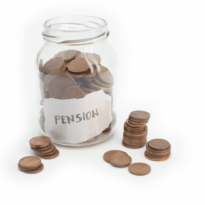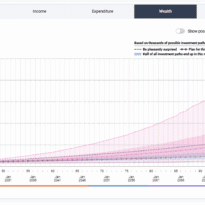Share prices of housebuilders rose in the wake of Labour’s election landslide, but what are the realistic prospects for the property market? Oli Creasey, property research analyst at Quilter Cheviot takes a view.
With Labour’s victory now assured, housebuilder shares have reacted positively, up 2-3% this morning, carrying on a trend that started at the beginning of the week. The recent moves deserve to be considered in the wider context: The UK Consumer Durables subsector (which is 77% housebuilders) has under-performed the wider market since the election was called.
Ultimately, the Labour victory is a net-positive for the sector, but we feel is unlikely to be enough on its own. There is a clear plan to stimulate the supply-side of the equation with a return to mandatory housing targets and easing of planning restrictions. The issue is that you can’t force someone to build (or buy) a house, and without addressing the demand side there is a limit to how much impact there will be. To be clear, the human demand for housing is high and rising; the economic demand is more muted. Almost everyone wants to buy a home, but not everyone can afford to.
Labour has announced a permanent mortgage guarantee scheme, as well as plans to move first-time buyers to the front of estate agent queues. The latter feels meaningless to us while the former has failed to stimulate demand during the Conservative party’s trial of it. The issue is that the guarantee does very little to reduce the mortgage interest costs, and protects the banks more than the homebuyer.
Housebuilders are sharing this pain and are stuck in somewhat of a vicious circle. Demand is low at a time when inflation has taken a permanent bite out of operating margins. We are unlikely to see material cost deflation, and so margins will only be repaired by rising prices. But rising prices on their own will further impact buyer affordability and hence volumes.
There are two antidotes we can think of to the current problem. The first is lower mortgage rates. If interest rates come down, buyers will be able to borrow more based on the same income, improving volumes and/or prices. That would flow to housebuilders’ bottom lines quite cleanly. Our analysis shows that for buyer affordability to return to pre-2022 levels, mortgage rates would need to be below 4%, and probably closer to 3%. A Labour government probably will marginally accelerate lower interest rates, but significant changes to buyer affordability feels a way off to us.
The other option on the table is a return to the controversial Help to Buy Scheme, or a similar idea. The scheme was controversial in the end because it became clear that Government money was being pumped into the housebuilding sector, and ending up in the pockets of investors. As such, it is unlikely that this tap gets turned back on.
For now, housebuilders must remain hostages to interest rate fortunes. While interest rates are flat, volumes and margins are in opposition to one another, and only lower mortgage rates (or perhaps much higher wages) can increase prices without having knock on effects elsewhere. Sector earnings are low, and likely to remain depressed for some time to come regardless of the new government.































